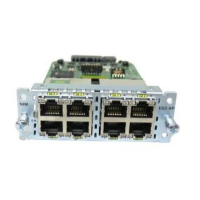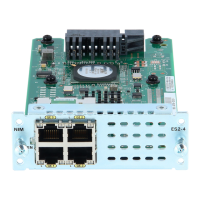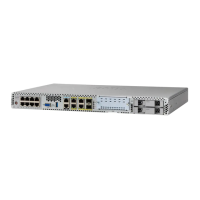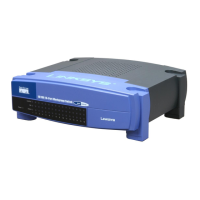Configuring Spanning Tree
Defining STP Properties
ESW 500 Series Switches Administration Guide 264
11
Configuring Spanning Tree
The Spanning Tree Protocol (STP) provides tree topography for any arrangement
of bridges. STP also provides one path between end stations on a network,
eliminating loops.
Loops occur when alternate routes exist between hosts. Loops in an extended
network can cause bridges to forward traffic indefinitely, resulting in increased
traffic and reducing network efficiency.
The device supports the following Spanning Tree versions:
• Classic STP — Provides a single path between end stations, avoiding and
eliminating loops.
• Rapid STP — Detects and uses network topologies that provide faster
convergence of the spanning tree, without creating forwarding loops.
• Multiple STP — Provides full connectivity for packets allocated to any VLAN.
Multiple STP is based on the RSTP. In addition, Multiple STP transmits packets
assigned to different VLANs through different MST regions. MST regions act as
a single bridge.
The Spanning Tree section contains the following topics:
• Defining STP Properties
• Defining Spanning Tree Interface Settings
• Defining Rapid Spanning Tree
• Defining Multiple Spanning Tree
Defining STP Properties
The
STP Properties Page
contains parameters for enabling STP on the device.
The
STP Properties Page
is divided into three areas, Global Settings, Bridge
Settings. and Designated Root.

